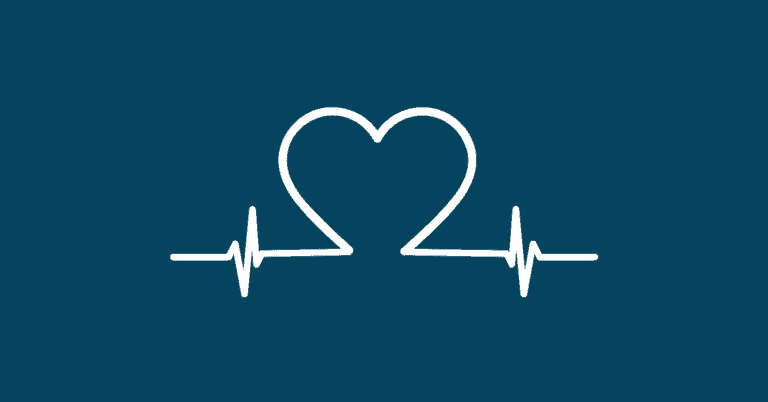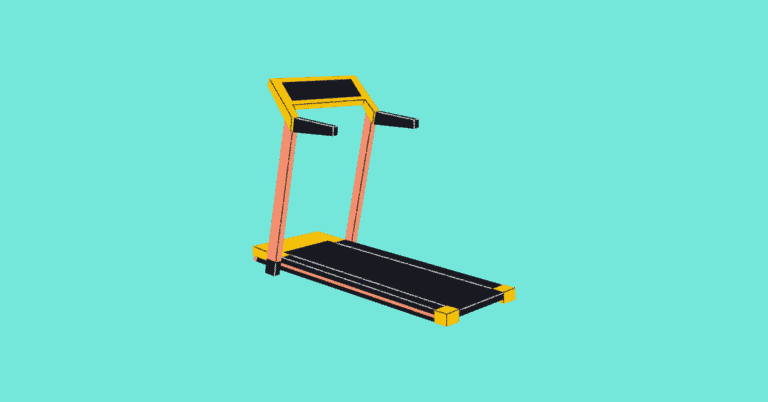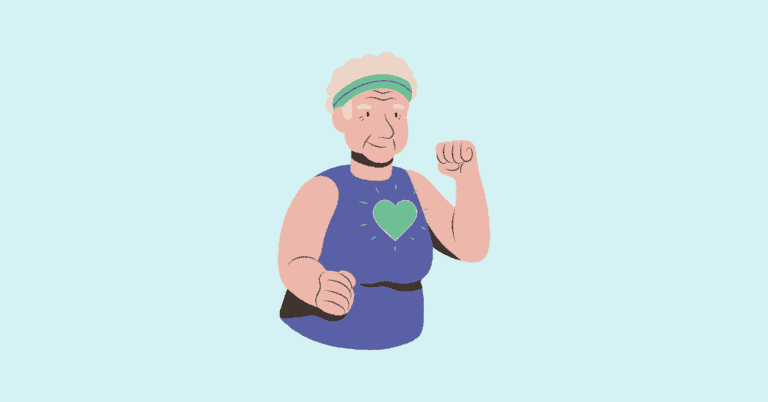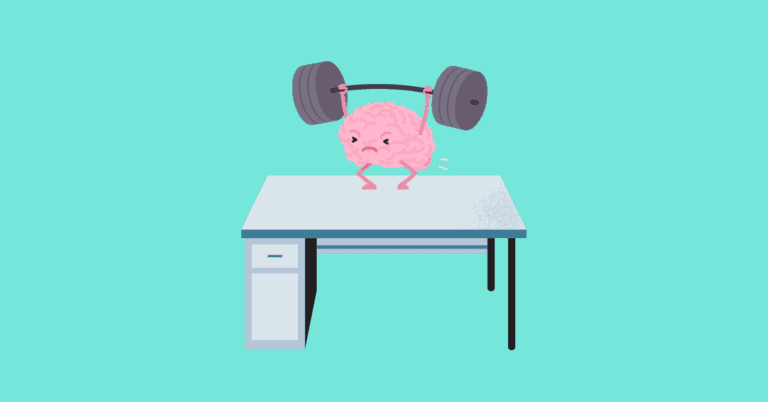Low Impact Training: 7 Great Workouts to try out
What are the 7 Great Low Impact Training /Workout Options?
Exercise is important for everyone, regardless of age, stage, or fitness level. Not only is exercise a major component of healthy living and overall well-being but it can also help prevent age-related diseases such as arthritis, osteoporosis, and heart disease1,3,8. Not to mention, exercise has been shown to improve cognitive function, memory, mood, and stress management6. Although high impact exercises such as plyometrics and running are not necessarily harmful, they may not be suitable for everyone, particularly novices or those with health conditions. That’s why it’s critical to discover easy-on-the-joints, low impact exercises that can still deliver all of the advantages of exercise.
And just because its low impact, doesn’t mean it can’t be high intensity exercise; In fact, there are low impact forms of high intensity interval training. There are a variety of low impact exercises that are perfect for different fitness levels. Here are seven great options to try out:
- Dumbbell strength training
- Chair workouts
- Peripheral heart action training
- Resistance band routines
- Body-weight interval workouts
- Aquatic exercise
- Low impact cardio
Alright, let’s dive in and take a closer look at each workout.
Dumbbell Strength Training

Dumbbell strength training involves exercises with dumbell weights as resistance. In any exercise program, strength training is important as it helps to maintain and build muscle mass. Particularly for seniors, strengthening exercises serve to combat age-related loss of muscle and bone mass2. As such, it plays a huge role in fall prevention, improving mobility, independence, mental health, and even chronic disease management2.
Dumbells are a wonderful form of resistance because they allow you to exercise full range of motion and combat muscular imbalance (maintaining that you lift the same amount of weight on each side).This makes them a great tool for functional strength training, which involves exercise that mimics the muscular actions of everyday movements. Moreover, they can be done at the comfort of your own home. During these workouts, you want to ensure that you are in full control throughout the whole motion. So it’s best to start with a low weight, or even no weight. Once you have the form down, start adding weights. You have lots of options when it comes to choosing your workout. For example if you plan to resistance train for three days of the week, you can do 3 full-body workouts or divide it into body parts (such as upper body, back, and leg day). We’ll talk more about sets and repetitions later on.
Chair Workouts
Chair exercises are one of the best beginner friendly forms of exercise. They are perfect for those who have difficulty standing or mobility issues. Since the chair provides support and stability, it’s also a great option for people recovering from an injury. In comparison to standing exercises, chair exercises change the angle of the motion, and require less balance and support from stabilization muscles (such as the deep core muscle and gluteus medius), keeping the emphasis on prime movers of the exercise. So chair workout still effectively targets the main muscles involved in the exercise. For example, a seated bicep curl recruits the bicep muscles, just as a standing bicep curl would; the difference being that seated bicep curl requires less effort from the core muscle.
Furthermore, chair exercise can help construct the foundation of core actions before proceeding to stand exercises. For instance, a chair squat is a great safety net for those who are new to squatting or have knee injuries; it allows you to focus on the movement without worrying about balance. Once you develop greater strength and confidence in your squats, you can try them without the chair. Other chair exercises include seated leg lifts, chair planks, chair push-ups, and seated calf raises. Don’t forget stretching -seated hamstring, chest, and shoulder stretches can be done from the comfort of your chair.
Peripheral heart action training

Peripheral heart action training sounds like a mouthful, but it’s actually a pretty simple concept. It’s a type of circuit training that involves alternating between upper body and lower body exercises in order to encourage higher heart rate. Switching between upper and lower body exercises is metabolically demanding as blood flow is maximized to all areas of the body, which makes a great cardiovascular challenge; when using resistance, it can also be great for building strength and muscular endurance7.
Of course, as with any exercise routine, PHA workouts can be adjusted by increasing rest periods or following modified exercise options. Here is an example of a PHA routine:
- Reverse lunges
- Shoulder presses
- Bridges
- Tricep push-ups
- Squat to curtsy lunge
- Dumbbell row
- Straight-leg deadlifts
- Pullovers
- Weighted step-ups
- Chest flies
Perform all these exercises for 45 seconds, with a 15 second rest period. Repeat the circuit twice for a full-body 20 minute routine.
Resistance band routines

Resistance bands are a great, versatile piece of equipment that can be used for a full-body workout. One benefit of using resistance bands is that they provide variable tension throughout the range of motion – unlike free weights, which rely on gravity to provide resistance. For example, in resistance-band lateral raises, the tension on your muscle is greater when you raise your hands higher than when they are beside your body. In this way, they are great for building strength. Specifically resistance band exercises are a fantastic part of functional training. Another advantage of using resistance bands is that they can be used anywhere, making them perfect for home workouts or when traveling.
Resistance band exercises are often a large element of rehabilitation since they are safer forms of resistance training that can be easily modified to fit each individual. Also, resistance bands are available in a wide range of resistance, so you can get one that challenges your fitness level. Some resistance exercises to try out are clamshell, seated row, lateral band walks, pull aparts, and standing leg raises.
Body-weight interval workouts

Body-weight workouts are exercises that use your own body weight as resistance, such as push-ups, pull-ups, and squats. They are a great option for those starting out on their fitness journey as they can be adjusted to fit your fitness level. For example, push-ups can be done on your knees instead of in a full plank position. As you get stronger, you can gradually make the exercise more challenging by moving to a full plank position. Furthermore, you can increase the difficulty by adding repetitions, sets, or varying the tempo.
Bodyweight workouts tend to focus on compound movements, which are movements that utilize many joints and muscle groups. This can make them more effective in terms of time, as you are working multiple muscle groups simultaneously. They are also convenient as they can be done anywhere, without any equipment. Not to mention, there are many styles of body-weight workouts, such as low-impact dance, pilates, and low-impact kickboxing.
Aquatic exercise

Aquatic exercise encompasses any exercise performed in water. This can be categorized as both resistance training and cardiovascular training. In the case of cardiovascular fitness training, swimming is a great example. Swimming is a particularly good form of aerobic exercise because it works all the major muscle groups in your body — including your heart. As for resistance training, the water itself provides the resistance. During aquatic exercise, the water around you creates a force that your body must push against to move. Overtime, your body adapts to this resistance through muscle growth.
Aquatic exercises are beneficial for people with balance issues. First off, you are in the water, so your chances of falling are much lower than they are on solid ground. Second, swimming challenges (and overtime strengthens) your stabilizing muscles, namingly the core muscles, which in turn serves to improve balance. Furthermore, it is great for people recovering from injury5. The buoyancy of the water provides support and takes some pressure off of the joints. Examples of aquatic exercises are hip kickers, sidestepping, lateral arm lifts, and fly-backs.
Low impact cardio

This is a broad category of exercises that includes any type of cardiovascular-focused exercise that is low-impact. Cardio should be included as part of a well-rounded exercise regimen as it has many benefits such as improving heart health, bone health and brain function4. Some examples of low impact cardio exercise are walking, stationary bike, step aerobics, rowing machines, and elliptical trainers.
How often should I workout? Time, repetition, etc…?
Three to five days of the week is a good target. For the general purpose of health and functionality, it’s best to incorporate both resistance and cardiovascular training 4. Both resistance training and cardio can be done three to five days a week. For cardio intensity, 40-85% of heart rate max is a good range. The recommended amount of repetitions for strengthening exercise is 8-20 for a total of 1-3 sets.
3-5 days of BOTH resistance training and cardio?!! Isn’t that excessive?
Depends on your starting level. Overall though, no. Cardio exercise doesn’t have to be separate from resistance/strength exercise. You can do resistance exercises while getting your cardio in. Cardio is anything that raises your heart rate. This means that resistance training exercises performed in a circuit, with minimal rest counts as cardio too. There are many ways you can structure your weekly workout; the key is balance and you don’t want to resistance train the same muscles consecutively. Here is an example:
- Day 1: Lower body focused-resistance training intervals
- Day 2: Upper body focused-resistance training intervals
- Day 3: Cardio
- Day 4: Rest
- Day 5: Total-body resistance training intervals
- Day 6: Cardio
- Day 7: Rest
Of course, you can adjust your focus to include more resistance-focused days, and less cardio-focused workouts, or vice versa.
How long should I workout?
Remember, you don’t have to do hours upon hours of exercise to see results. 30-50 minutes of structured exercise a day (excluding rest days) is plenty to make a significant difference in your overall health and fitness level. This includes a warm-up and cool-down.
The warm-up should consist of 3-5 minutes of low-intensity cardio, and it is also great to incorporate easier versions of exercises that in your core workout. For instance, if the workout includes weighted squats, perform bodyweight squats. Start with a lower range of motion and deepen your movements as you find yourself loosening up. Using the same example as above, squat with a shallower range of motion and move your way up to full range of motion as you progress.
The cool-down should be at least 5 minutes. Aim to include stretches that target the muscles that were worked during your routine. For instance, if your workout included leg-strengthening exercise, be sure to incorporate the quadricep, hamstring, and glute stretches. Each stretch can be held for 20-45 seconds. Cool-downs are personalized so you can concentrate on tight muscles.
What if I am starting from zero?
This goes without saying but safety first. If you have concerns over certain health conditions or injuries, consult your doctor before starting an exercise program.
When starting your exercise journey, it’s crucial to begin gradually and listen to your body’s signals. You understand your body best, so use a self-assessment method like the Rate of Perceived Exertion (RPE) scale to gauge your starting point. This scale ranges from 0 to 10, with 0 representing minimal effort (like watching TV) and 10 being maximal exertion. Aim for a moderate intensity level, around 5 or 6 on the RPE scale, when following a workout routine. Trialing moderate intensity of exercise in the beginning allows you to build more awareness over your body’s current capability so you can push yourself safely and eventually work your way up to more higher intensity exercise (depending on your goals).
Also, if you are trying a new workout, expect some muscle soreness the next day; Post-workout soreness is normal and expected, and actually a sign that you are getting stronger so don’t fear it!
Focus on maintaining proper form, especially when using your body weight initially. As you build strength and endurance, gradually incorporate more challenging exercises. Additionally, don’t hesitate to seek guidance from exercise professionals for personalized advice.
Takeaway
The health benefits of exercise are far and wide. Incorporating even a moderate amount of exercise into your routine can have profound effects on your overall health. As we age, it is especially important to maintain an active lifestyle to help prevent age-related decline and maintain functionality.
Your form should never suffer during exercise. Part of working out is self-pacing and listening to your body; for sure challenge yourself but at the same time, go at your own pace and rest when needed. While muscular discomfort is normal, sharp pain or persistent soreness during the exercise isn’t; this comes with differentiating good pain from bad. With that being said, it’s best to get medical clearance before starting a new workout program.
The greatest tip I can give you is this: it matters least what exercise you choose from the above list. What matters most is that you move with intention, and form the habit of doing so on a regular basis. Small changes can have a large impact down the road, and it is never too late to start reaping the benefits of exercise.
References
1. Fiuza-Luces, C., Santos-Lozano, A., Joyner, M., Carrera-Bastos, P., Picazo, O., Zugaza, J. L., Izquierdo, M., Ruilope, L. M., & Lucia, A. (2018). Exercise benefits in cardiovascular disease: beyond attenuation of traditional risk factors. Nature reviews. Cardiology, 15(12), 731–743. https://doi.org/10.1038/s41569-018-0065-1
2. Fragala, M. S., Cadore, E. L., Dorgo, S., Izquierdo, M., Kraemer, W. J., Peterson, M. D., & Ryan, E. D. (2019). Resistance Training for Older Adults: Position Statement From the National Strength and Conditioning Association. Journal of strength and conditioning research, 33(8), 2019–2052. https://doi.org/10.1519/JSC.0000000000003230
3. Haruyama, K., Kawakami, M., & Otsuka, T. (2017). Effect of Core Stability Training on Trunk Function, Standing Balance, and Mobility in Stroke Patients. Neurorehabilitation and neural repair, 31(3), 240–249. https://doi.org/10.1177/1545968316675431
4. Hu, H., Xu, A., Gao, C., Wang, Z., & Wu, X. (2021). The effect of physical exercise on rheumatoid arthritis: An overview of systematic reviews and meta-analysis. Journal of advanced nursing, 77(2), 506–522. https://doi.org/10.1111/jan.14574
5. Lee, P. G., Jackson, E. A., & Richardson, C. R. (2017). Exercise Prescriptions in Older Adults. American family physician, 95(7), 425–432
6. Li, C., Khoo, S., & Adnan, A. (2017). Effects of aquatic exercise on physical function and fitness among people with spinal cord injury: A systematic review. Medicine, 96(11), e6328. https://doi.org/10.1097/MD.0000000000006328
7. Mang, Z. A., Moriarty, T. A., Realzola, R. A., Millender, D. J., Wells, A. D., Houck, J. M., Bellissimo, G. F., Fennel, Z. J., Beam, J. R., Mermier, C. M., Amorim, F. T., & Kravitz, L. (2022). A Metabolic Profile of Peripheral Heart Action Training. Research quarterly for exercise and sport, 93(2), 412–422. https://doi.org/10.1080/02701367.2020.1856315
8. Northey, J. M., Cherbuin, N., Pumpa, K. L., Smee, D. J., & Rattray, B. (2018). Exercise interventions for cognitive function in adults older than 50: a systematic review with meta-analysis. British journal of sports medicine, 52(3), 154–160. https://doi.org/10.1136/bjsports-2016-096587





